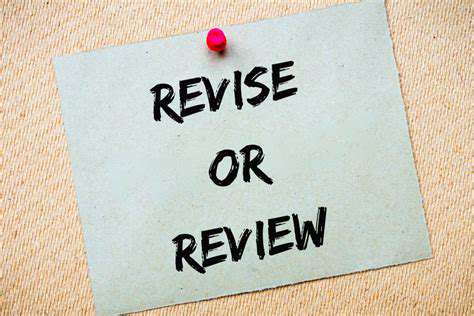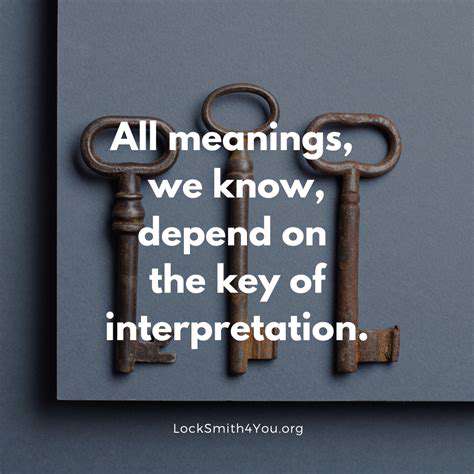Guide to Learning to Write Better
Brainstorming unlocks creative potential, while outlining provides structure. A thoughtful outline acts like a GPS for your writing journey, keeping you on track while allowing for spontaneous detours when inspiration strikes. This balance between planning and flexibility often produces the most engaging results.
The drafting phase is where ideas take shape. Remember: first drafts are meant to exist, not to be perfect. Focus on capturing the essence of your message without getting bogged down by details. You'll have plenty of opportunities to refine your work during subsequent revisions.
Revision transforms good writing into great writing. This stage requires stepping back to evaluate your work objectively—cutting unnecessary words, strengthening arguments, and improving flow. Many writers find that setting a draft aside for a day or two provides fresh perspective for this crucial phase.
Proofreading represents the final quality check. While often tedious, this meticulous review ensures your polished work maintains professional standards. Consider reading aloud to catch awkward phrasing, or try reviewing backward to spot lingering typos.
Crafting Engaging Content for Different Audiences
Understanding Your Target Audience
Creating content that resonates requires deep audience insight beyond basic demographics. What keeps your readers up at night? What solutions do they desperately need? Observing their online interactions, analyzing their feedback, and studying their consumption habits reveals these critical details. The most effective content speaks directly to readers' unspoken concerns using language that feels natural to them.
Adaptation is key. Time-pressed executives appreciate concise, actionable insights, while creative professionals might prefer more exploratory content. Matching your approach to your audience's specific context dramatically increases engagement and sharing potential.
Choosing the Right Content Formats
Format selection can make or break content effectiveness. Visual learners gravitate toward infographics, while analytical thinkers prefer detailed case studies. The platform matters too—what works on LinkedIn might fall flat on TikTok. The most successful content creators match format to both audience preference and platform strengths, sometimes repurposing core ideas across multiple formats for maximum reach.
Experimentation reveals what truly connects. Track which formats generate the most meaningful engagement—not just clicks, but time spent and actions taken. This data-driven approach helps refine your content strategy over time.
Crafting Compelling Headlines and Introductions
Your headline is the first—and sometimes only—chance to capture attention. Effective headlines promise clear value while sparking curiosity. The introduction must then deliver on that promise immediately. A powerful opening combines relevance with an element of surprise, whether through an unexpected statistic, provocative question, or relatable anecdote.
Tone matters as much as content. Technical audiences appreciate directness, while general readers respond better to storytelling. Testing different approaches reveals what resonates best with your specific audience segments.
Maintaining a Consistent Brand Voice and Style
Consistency builds trust and recognition. Whether your brand voice is authoritative, playful, or empathetic, maintaining that personality across all content creates a cohesive experience. Style guidelines should cover more than just vocabulary—they should reflect your core values and unique perspective.
This consistency extends to visual elements and content structure. Readers should recognize your work before seeing the byline, creating instant familiarity that encourages engagement. Regular audits ensure all content aligns with evolving brand standards.
Scalp sensitivity presents differently for everyone, making symptom awareness crucial for proper care.












